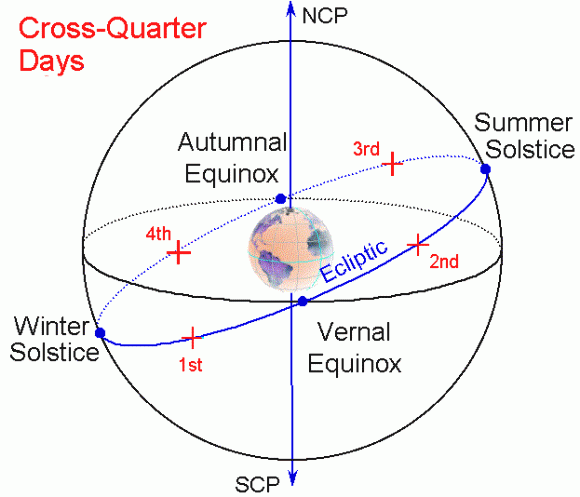
Highly Recommend
Letter writing is more akin to internal dialogue and can have a kind of naked intimacy that is difficult to achieve in the flesh.
As many of us have experienced in this age of email and texts, people will often commit to the written word thoughts and ideas they might never have said in person.
In Remy Bumppo Theatre Company’s Dear Elizabeth at Theater Wit, poets Elizabeth Bishop and Robert Lowell’s letters are echoes of a long-distance relationship that sparked a 30-year correspondence and ultimately evolved into a profound friendship.
Born in Massachusetts, Bishop and Lowell were both Pulitzer Prize winners for poetry. As a result of these commonalities, their sizeable collection of intelligent and witty missives are riddled with references to New England as well as personal news and collegial musings related to their work and travels.
As professional wordsmiths who had already achieved some celebrity it is possible that they were crafting their memoranda for posterity, especially since they each apparently saved correspondence that might have been considered ephemeral by others.
However, many people of every rank have thankfully saved letters, thus preserving small snapshots of life that much like photos allow us to live and relive moments in time.
In the case of Dear Elizabeth we are the beneficiaries, able to enjoy this voyeuristic journey of the mind through time and space that Bishop and Lowell began.
Leah Karpel as the initially guarded, sometimes asthmatic Elizabeth, and Christopher Sheard as the gregarious, bipolar Robert, are perfect in their roles breathing life into words that were never intended to be vocalized.
There are no particularly great moments of tension or drama in Dear Elizabeth. Sure, there are emotional references to births, deaths and romances but overall, this theatrical duet for two voices by Sarah Ruhl is more like a relaxing soak in a warm bath.
Cerebral is an appropriate term for this experience as the “conversation” between the two epistolists is like one brain talking to another. Words are carefully chosen and though the language is informal, there is a clarity of thought that might otherwise get muddled through the process of extemporaneous discourse. This becomes evident during the infrequent face-to-face meetings between the two that apparently and somewhat ironically were fraught with awkward moments and miscommunications.
There is a precision to this production that comes off as simply natural but is in fact an indication of the firm hand of director and Remy Bumppo creative producer Christina Casano. It is clear that someone with a strong overall vision set the tempo of the performances, as well as the audio and visual elements. It takes great effort to look effortless.
The effective scenic design by Catalina Niño features a number of projections that enhanced the reference to specific places but had an indistinct dreamlike quality that one might experience when trying to imagine a place you have not seen for yourself or place from memory.
The bare set was interestingly neutral, reminiscent of a sandy beach, literally providing a perfect canvas for the projections. From a technical point-of-view there were a number of costume elements, props and pieces that were cleverly built into or stashed away within the set making them easily accessible without undue clutter or fuss.
This is a smart biographical drama providing us a glimpse into the lives and thoughts of two interesting, actual people, who through their own words demonstrate to us the value of friendship and human connectedness.
Dear Elizabeth by Remy Bumppo Productions is at Theater Wit, 1229 W. Belmont Ave., Chicago through November 17, 2024. Runtime is about 100 minutes with one 10 minute intermission. For information visit RemyBumppo.org.
Reviewer Reno Lovison
For more reviews and theatre info visit Theatre In Chicago – Your Source For Plays In Chicago – Chicago Plays




